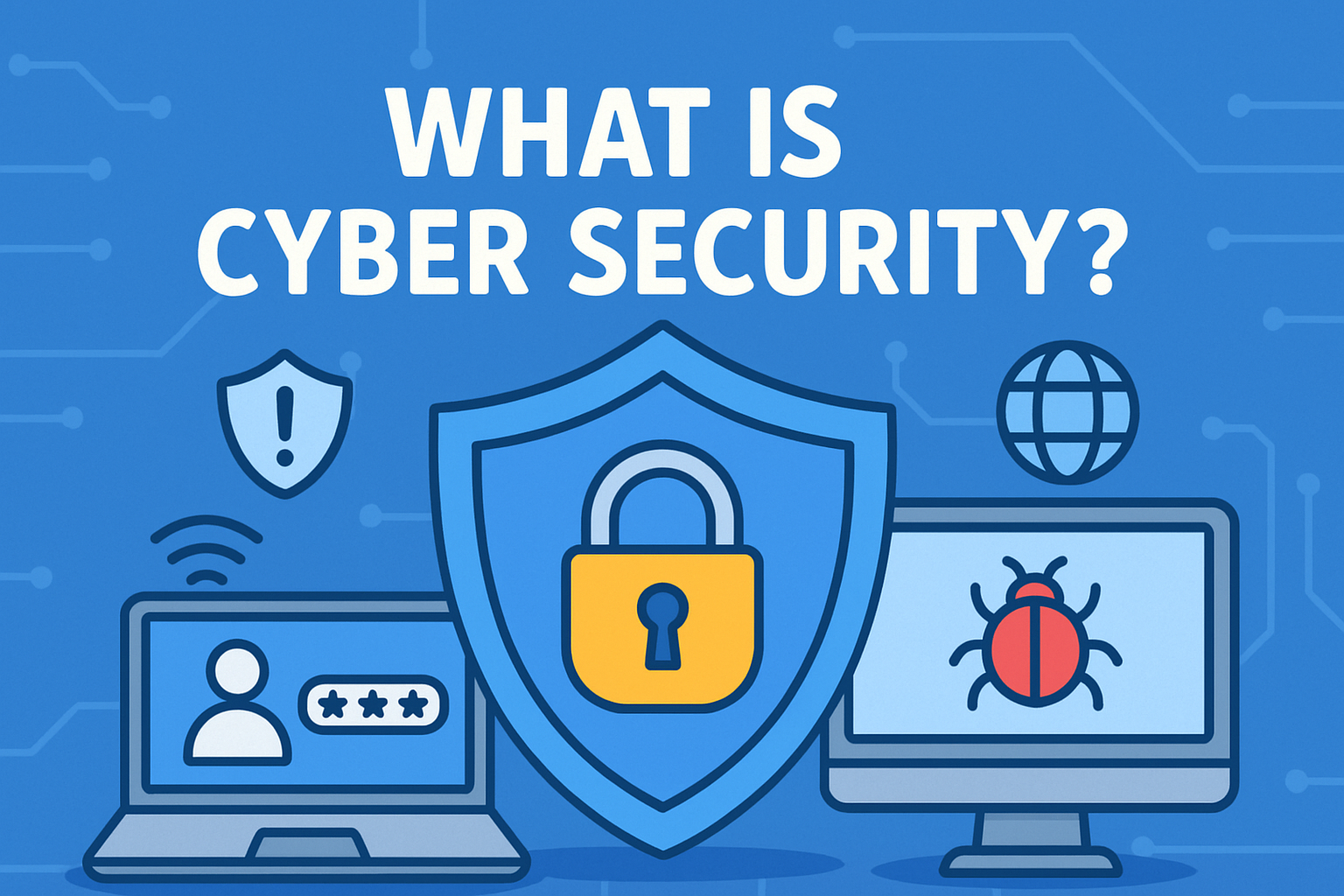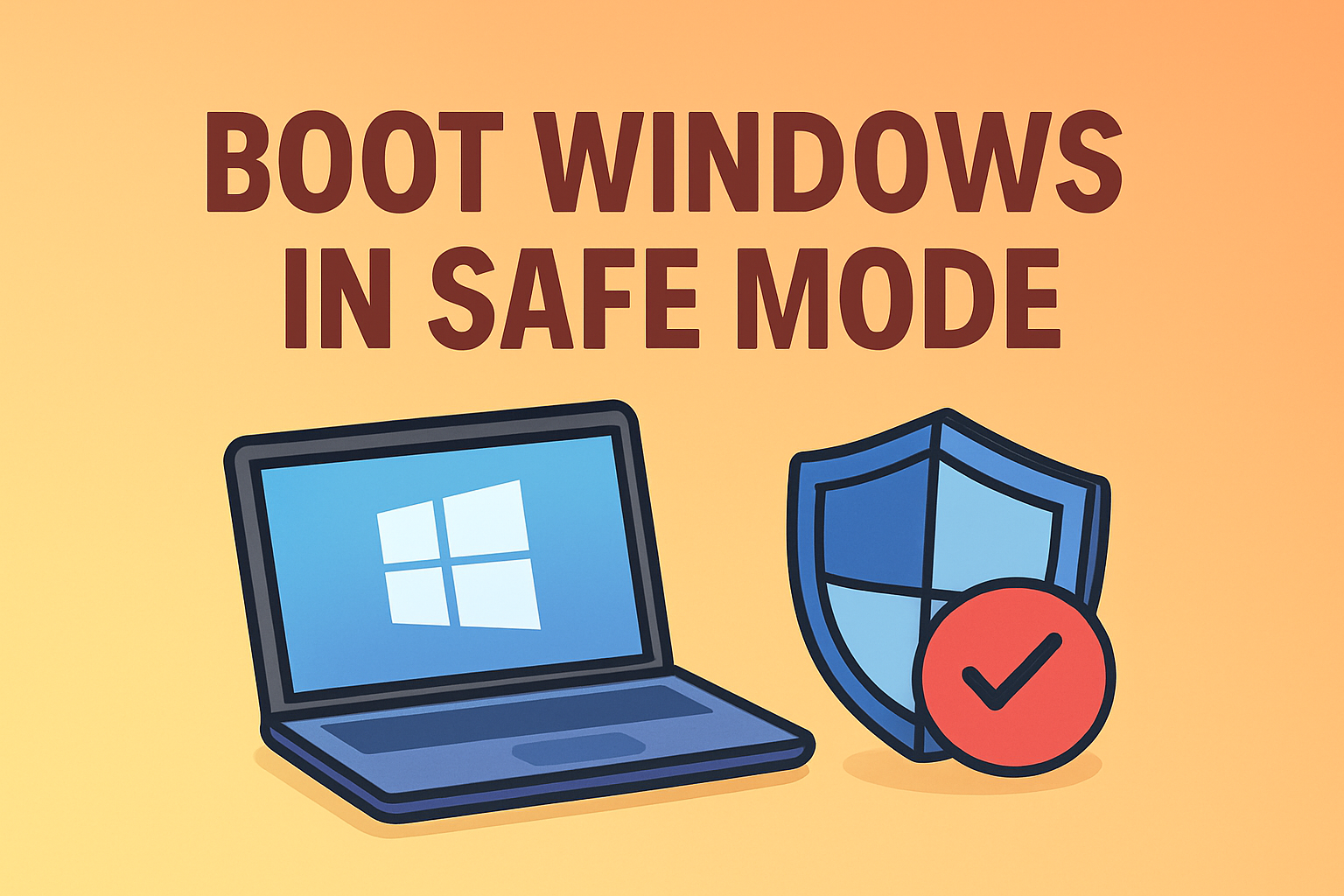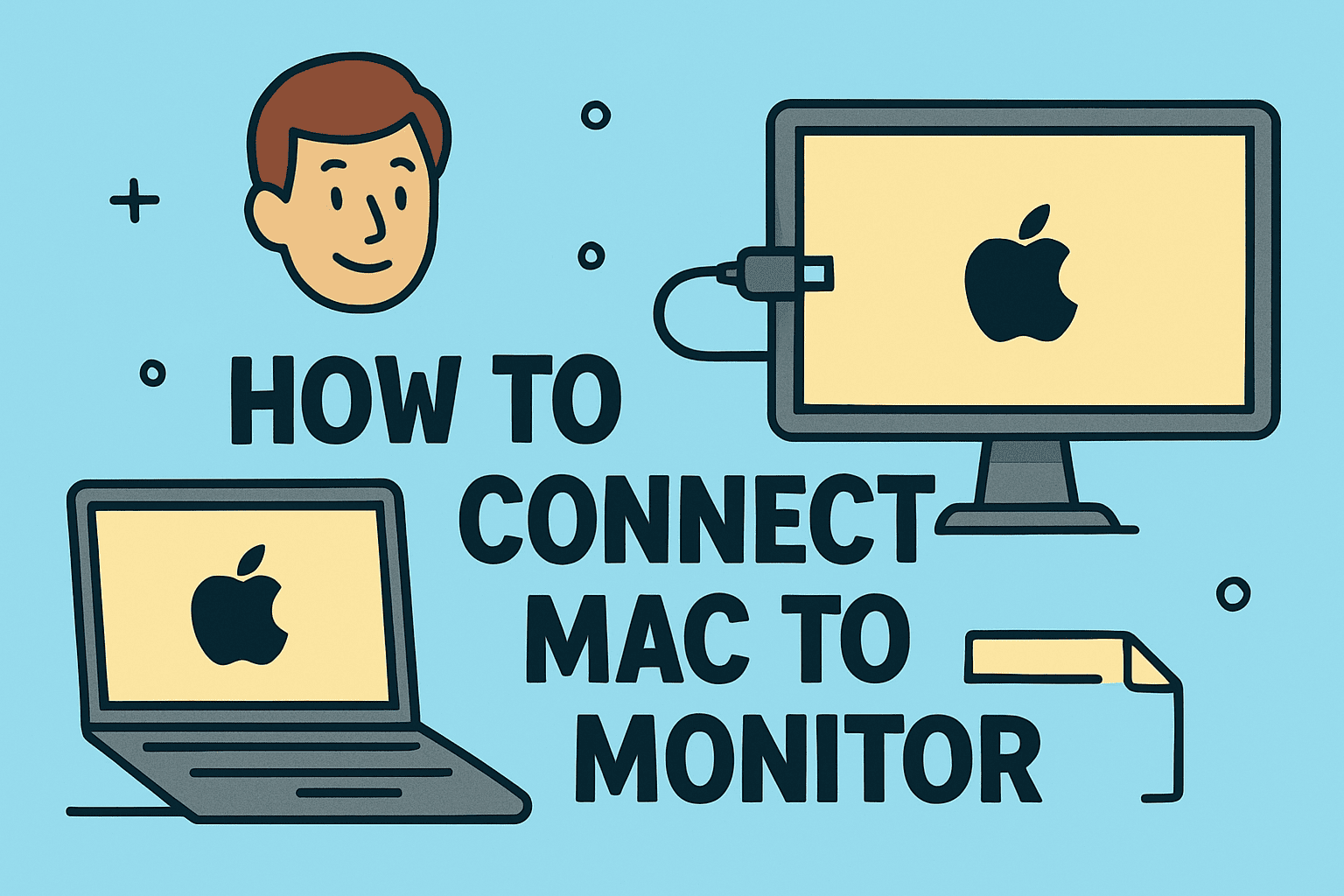Cyber Security: A Complete Guide for Businesses
Updated on June 19, 2025, by ITarian

Ever wondered, what is cyber security and why it keeps making headlines? Whether you’re an IT manager, a startup founder, or a CEO of a fast-growing business, understanding cyber security is no longer optional. It’s a mission-critical part of your organization.
Cyber security, at its core, refers to protecting computer systems, networks, and data from unauthorized access, attacks, and damage. With threats becoming more advanced and frequent, investing in strong security measures isn’t just a best practice — it’s a necessity.
Why Cyber Security Matters More Than Ever
In 2024 alone, cyber attacks have cost businesses billions globally. From ransomware crippling hospitals to phishing scams targeting remote workers, cyber threats are evolving rapidly. A single breach can:
- Damage your reputation
- Lead to financial losses
- Disrupt operations
- Violate compliance regulations (GDPR, HIPAA, etc.)
Key Pillars of Cyber Security
To truly understand what cyber security is, it helps to break it down into its foundational areas:
1. Information Security
Information security focuses on protecting sensitive data—whether it’s stored, processed, or in transit. This includes:
- Data encryption
- Access control policies
- Regular audits
Ensuring information security reduces the risk of data breaches, insider threats, and accidental leaks.
2. Network Security
Network security involves defending the integrity of your company’s internal systems and networks. Common strategies include:
- Firewalls and intrusion detection systems
- VPNs and secure access gateways
- Network segmentation
These prevent unauthorized access and help contain damage in case of a breach.
3. Endpoint Security
Endpoints are devices like laptops, mobile phones, and servers. Endpoint security ensures these access points are fortified against malware, ransomware, and tampering.
4. Application Security
With businesses relying on cloud apps and SaaS tools, ensuring software is built securely is critical. This includes:
- Code reviews
- Vulnerability scans
- Patch management
5. Operational Security
This focuses on day-to-day policies and procedures that minimize risk. Examples include:
- Multi-factor authentication (MFA)
- Role-based access control (RBAC)
- Employee training
Common Types of Cyber Threats
Understanding cyber threats is essential to grasp what cyber security aims to protect against. Here are the most prevalent types:
• Phishing Attacks
Deceptive emails trick users into clicking malicious links or sharing credentials.
• Ransomware
Hackers encrypt your data and demand payment for access.
• Malware
Software designed to infiltrate and damage systems.
• Denial-of-Service (DoS) Attacks
Floods your systems with traffic, causing downtime.
• Insider Threats
Employees or vendors with access who misuse their privileges.
Best Practices to Improve Cyber Security
To defend against these evolving threats, implement the following best practices:
1. Conduct Regular Risk Assessments
Identify vulnerable systems and prioritize remediation.
2. Implement Strong Password Policies
Use complex passwords and change them regularly. Encourage password managers.
3. Train Your Staff
Human error is a top cause of breaches. Conduct regular cyber awareness training.
4. Back Up Data Frequently
Use offsite and cloud backups to ensure business continuity.
5. Keep Software Updated
Apply patches and updates promptly to fix known vulnerabilities.
6. Limit Access Privileges
Only give employees access to the systems they need.
Industry Use Cases of Cyber Security
• Healthcare
Protects patient data and complies with HIPAA regulations.
• Finance
Safeguards transaction data, prevents identity theft.
• Retail
Secures customer payment data and supply chain systems.
• Education
Ensures student and faculty data remains private.
• Manufacturing
Protects operational technologies from espionage and sabotage.
Actionable Steps to Get Started
Getting started with cyber security doesn’t need to be overwhelming:
- Start with a basic security audit
- Invest in endpoint and network security tools
- Establish a cybersecurity policy
- Train your team
- Monitor and improve continually
Final Thoughts
So, what is cyber security? It’s your organization’s defense mechanism against an ever-growing landscape of digital threats. From protecting sensitive data to ensuring your systems run smoothly, it forms the backbone of digital trust and resilience.
Don’t wait for a breach to take it seriously. Protect your business today and gain peace of mind tomorrow.
Ready to secure your organization? Get started with a free trial today.
FAQ: What Is Cyber Security?
1. What is the main goal of cyber security?
To protect systems, networks, and data from cyber attacks, unauthorized access, and data breaches.
2. How does cyber security differ from information security?
Information security is a subset of cyber security focused on data protection, while cyber security covers systems, networks, and all types of digital threats.
3. What are the top cyber threats today?
Phishing, ransomware, malware, and insider threats remain the most common and dangerous.
4. Can small businesses benefit from cyber security?
Absolutely. Small businesses are often targets because they lack strong defenses.
5. What are the first steps toward implementing cyber security?
Start with a risk assessment, train staff, and deploy essential tools like firewalls and antivirus software.














